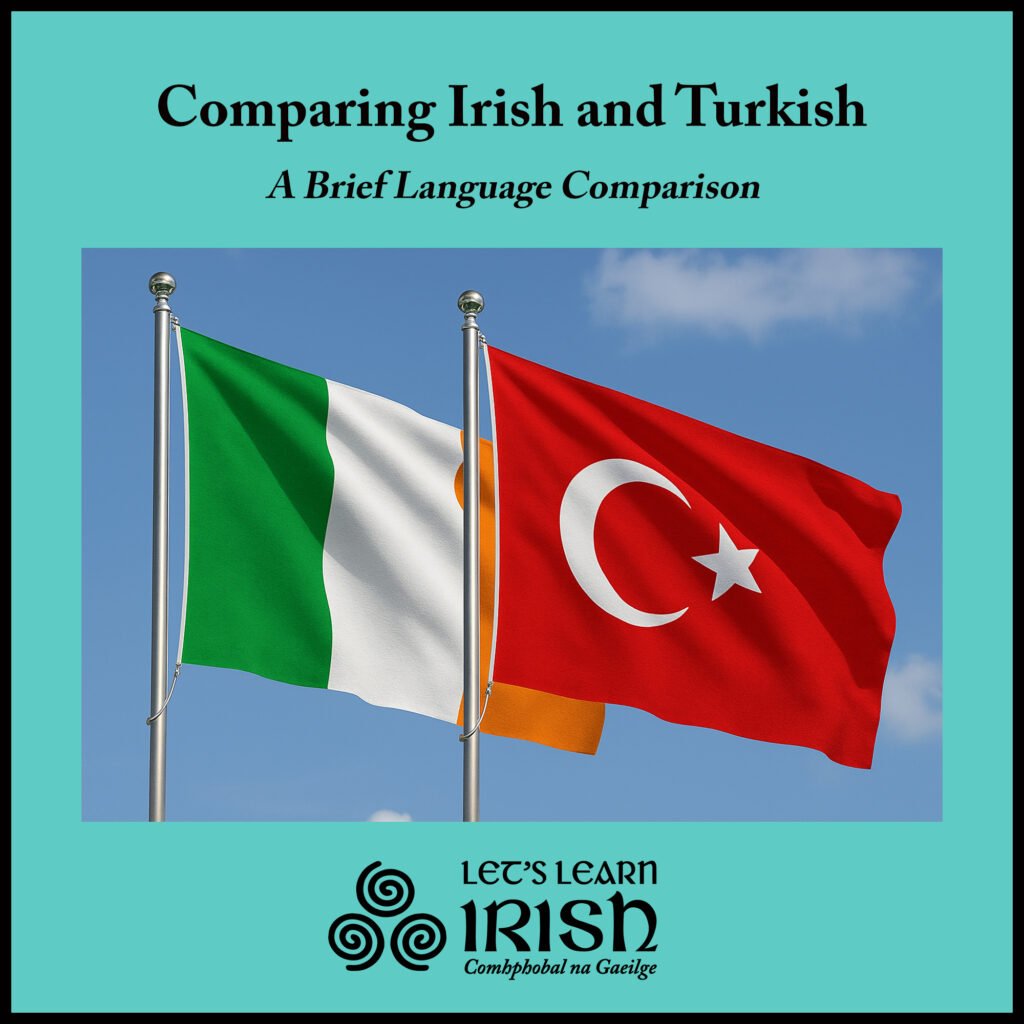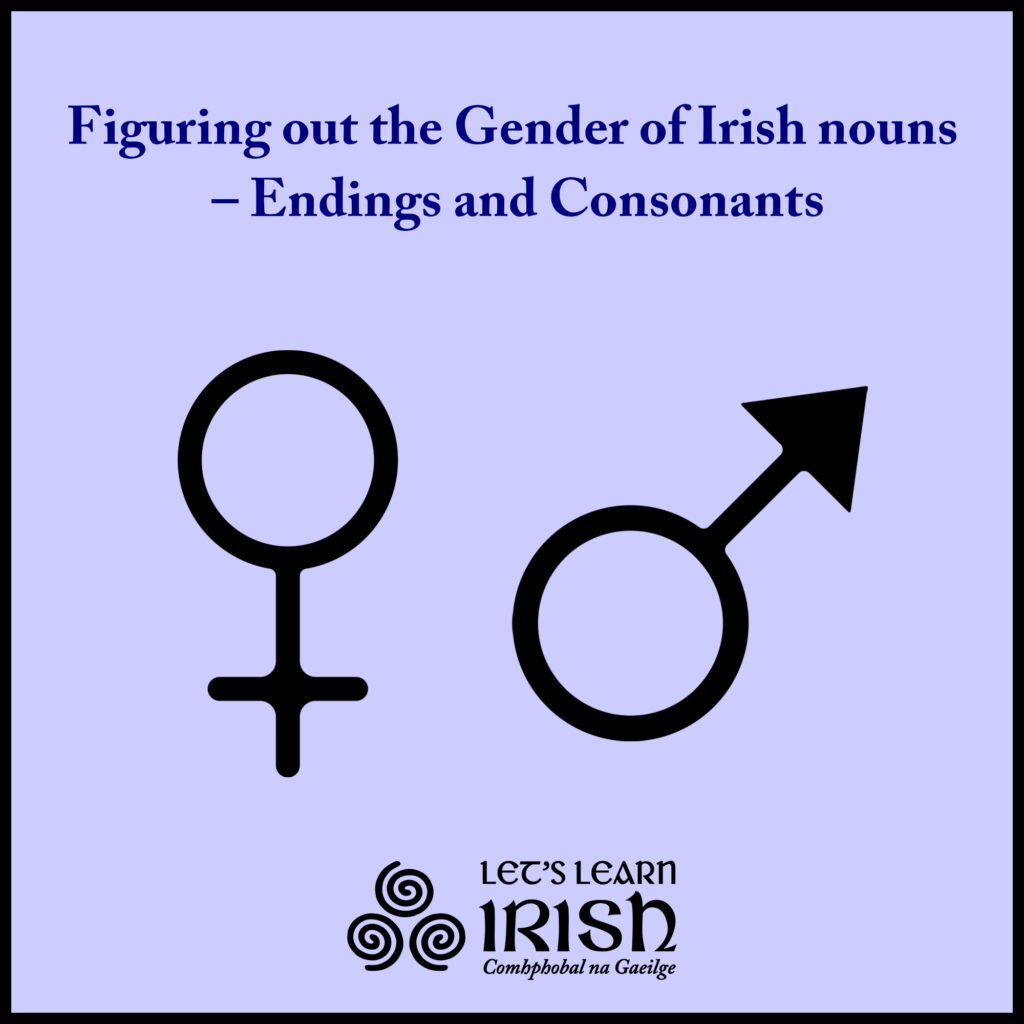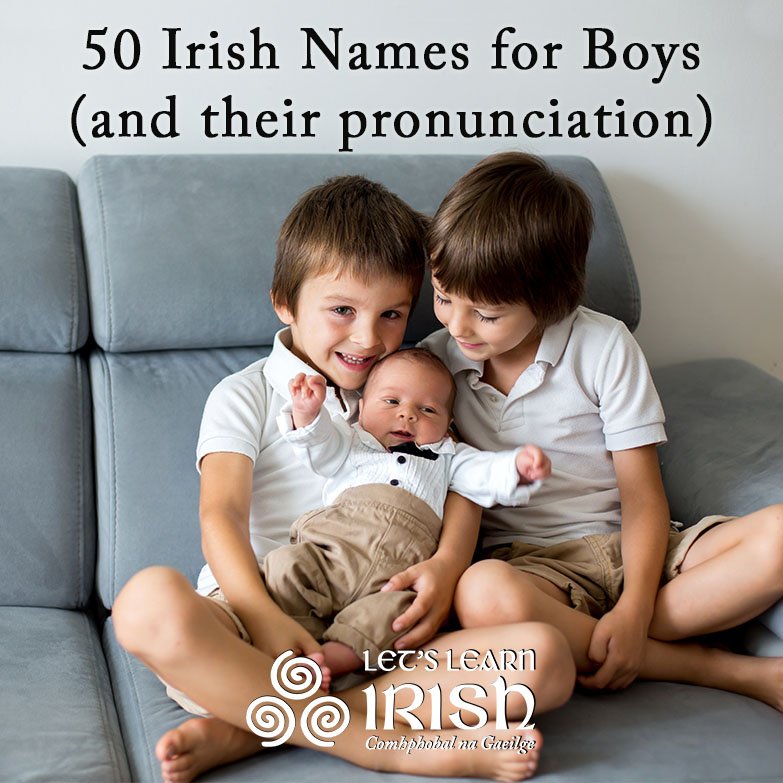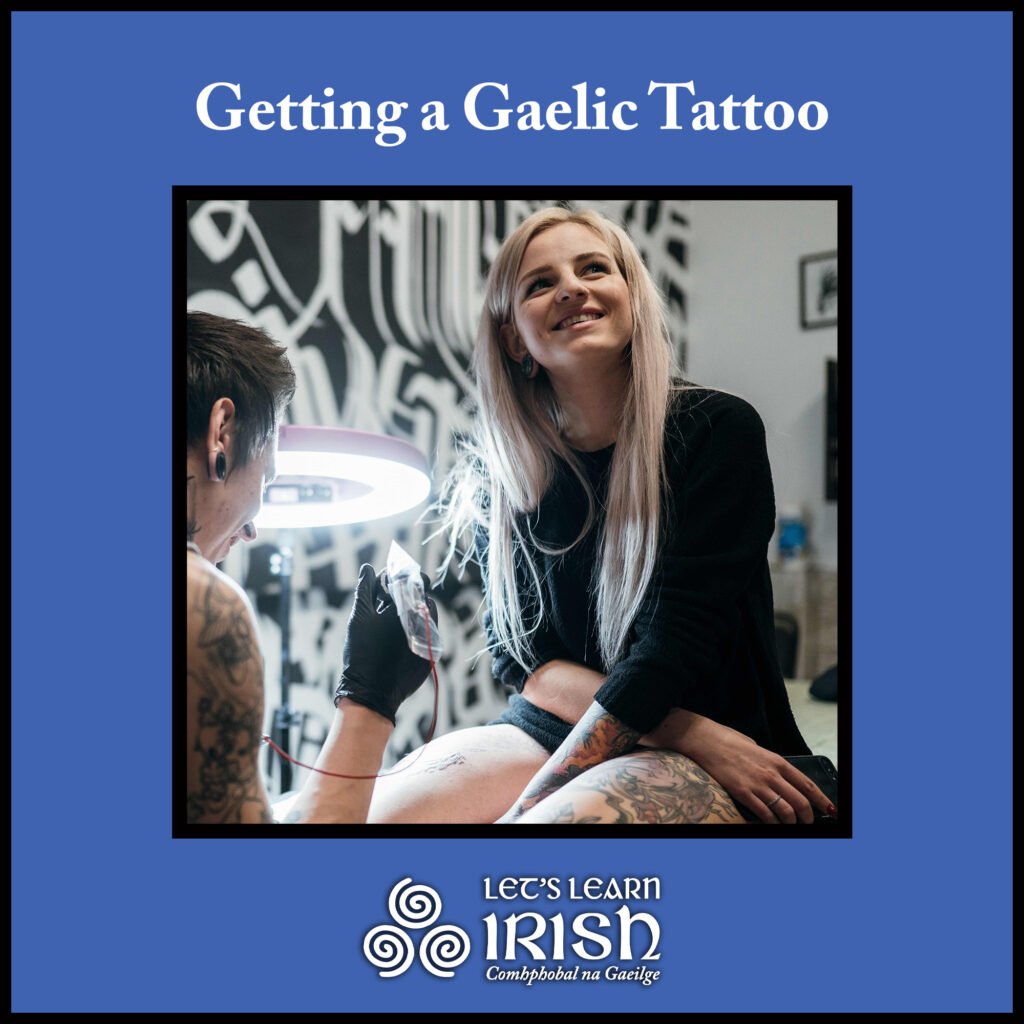Figuring out the Gender of Irish nouns – Using the Definite Article
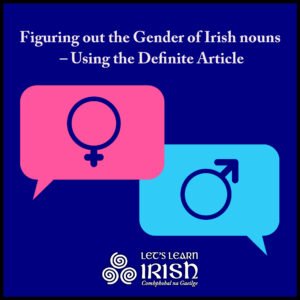 Irish nouns are either firinscneach (masculine) or baininscneach (feminine), and this affects how they change in different grammatical contexts. Unlike in English, it is very important to know whether a noun in Irish is masculine or feminine. Fortunately, when we have the word ‘the’ (the definite article an) before the nominative singular of a noun, we can often identify its gender! The reason for this is because when the definite article appears in Irish, many nouns get some kind of initial mutation – that is, the sound at the beginning changes – depending on the gender of the noun and its first letter. Here are three guidelines to keep in mind when comparing masculine and feminine nouns with the definite article in Irish…
Irish nouns are either firinscneach (masculine) or baininscneach (feminine), and this affects how they change in different grammatical contexts. Unlike in English, it is very important to know whether a noun in Irish is masculine or feminine. Fortunately, when we have the word ‘the’ (the definite article an) before the nominative singular of a noun, we can often identify its gender! The reason for this is because when the definite article appears in Irish, many nouns get some kind of initial mutation – that is, the sound at the beginning changes – depending on the gender of the noun and its first letter. Here are three guidelines to keep in mind when comparing masculine and feminine nouns with the definite article in Irish…
1. Is there a t-?
Masculine nouns beginning with a vowel get a t- added to them…
- airgead (money) → an t-airgead (the money)
- éan (a bird) → an t-éan (the bird)
- im (butter) → an t-im (the butter)
- ór (gold) → an t-ór (the gold)
- úll (an apple) → an t-úll (the apple)
On the other hand, feminine nouns beginning with a vowel remain unchanged.
- aill (a cliff) → an aill (the cliff)
- eala (a swan) → an eala (the swan)
- ithir (soil) → an ithir (the soil)
- oíche (night) → an oíche (the night)
- ubh (an egg) → an ubh (the egg)
2. Is there a Seimhiú?
Feminine nouns beginning with the letters b, c, f, g, m and p are lenited. Lenition – called séimhiú in Irish – is represented in writing as a h after the first letter.
- bean (a woman) → an bhean (the woman)
- caora (a sheep) → an chaora (the sheep)
- foraois (a forest) → an fhoraois (the forest)
- grian (a sun) → an ghrian (the sun)
- muc (a pig) → an mhuc (the pig)
- péist (a worm) → an phéist (the worm)
However, masculine nouns beginning with those letters remain unchanged.
- bád (a boat) → an bád (the boat)
- capall (a horse) → an capall (the horse)
- fear (a man) → an fear (the man)
- giorria (a hare) → an giorria (the hare)
- madra (a dog) → an madra (the dog)
- páiste (a child) → an páiste (the child)
3. Does it start with S?
Feminine nouns beginning with the letter s (except those beginning with sc-, sf-, sm-, sp- or st-) get a t added to them (no hyphen this time!).
- sráid (a street) → an tsráid (the street)
- srón (a nose) → an tsrón (the nose)
- sluaisaid (a shovel) → an tsluasaid (the shovel)
- súil (an eye) → an tsúil (the eye)
- subh (jam) → an tsubh (the jam)
- scread (a scream) → an scread (the scream)
- smig (a chin) → an smig (the chin)
- spúnóg (a spoon) → an spúnóg (the spoon)
- stíl (a style) → an stíl (the style)
… but masculine nouns beginning with s remain unchanged.
- siopa (a shop) → an siopa (the shop)
- sliabh (a mountain) → an sliabh (the mountain)
- seomra (a room) → an seomra (the room)
- solas (light) → an solas (the light)
A final point: note that all nouns beginning with d or t, regardless of gender, remained unchanged.
- doras (a door) → an doras (the door)
- teas (heat) → an teas (the heat)
In Conclusion...
 By keeping these three questions in your mind, you will become much more accurate in identifying feminine and masculine nouns, and as a result, more accurate in your Irish! Go over these guidelines regularly and test yourself when you encounter new words, before confirming your answer in the dictionary.
By keeping these three questions in your mind, you will become much more accurate in identifying feminine and masculine nouns, and as a result, more accurate in your Irish! Go over these guidelines regularly and test yourself when you encounter new words, before confirming your answer in the dictionary.
For more tips, see Caoimhín’s Basic Irish Grammar course, where he explains 30 Irish grammar topics in short, concise videos.
Bígí páirteach!
Join the online Irish community at LetsLearnIrish.com.
Follow on social media @LetsLearnIrish.

